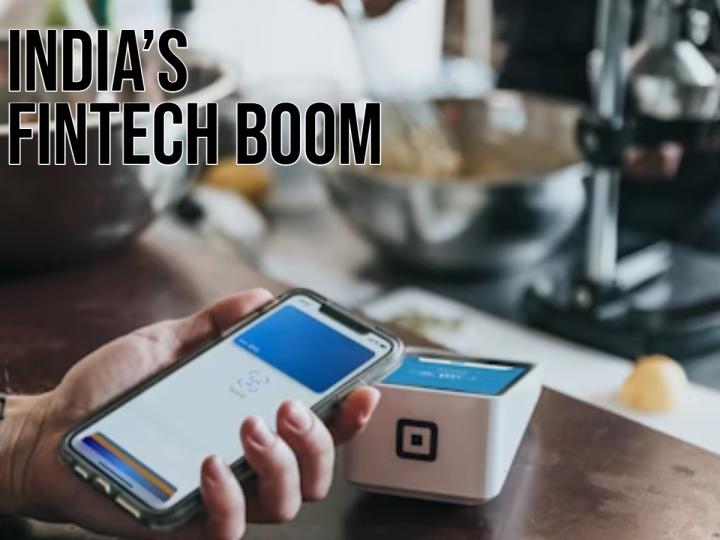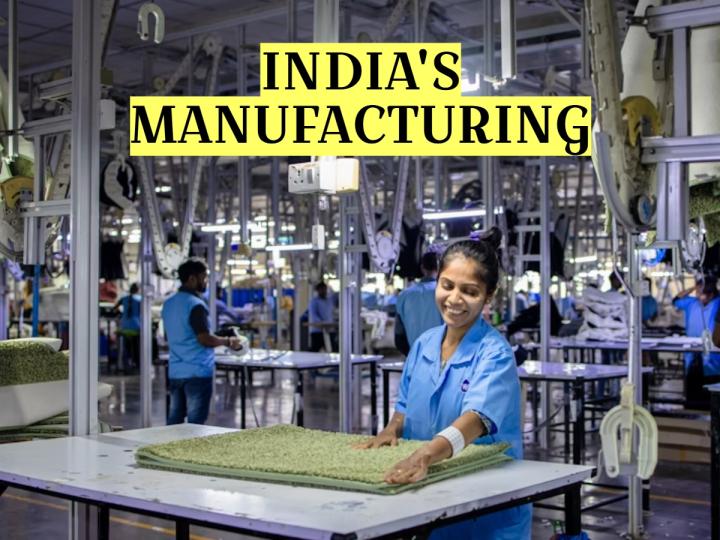
India is experiencing a financial revolution powered by technology. Over the past decade, the country has shifted from a cash-heavy economy to the world’s fastest-growing digital payments market.
With UPI transactions crossing ₹18 lakh crore monthly in 2025, India has built a digital finance ecosystem that is not only transforming domestic transactions but also gaining global relevance. Fintech startups are reshaping how Indians save, borrow, invest, and insure, making financial services faster, cheaper, and more inclusive.
For investors, this fintech wave represents a multi-billion-dollar opportunity. From neobanks serving millennials to AI-driven lending platforms empowering SMEs, India’s fintech boom is more than a trend—it’s the future of business and money.
📌 Case Study: In 2024, Zerodha-backed Ditto Insurance simplified health insurance buying through digital-first advisory. Within a year, it attracted over 1 million customers, demonstrating how trust plus technology can disrupt traditional financial services.
UPI Dominance
The Unified Payments Interface (UPI) processed over 14 billion transactions in December 2024 alone, becoming the backbone of India’s fintech ecosystem. Real-time, instant payments have enabled everything from small-town grocery payments to cross-border remittances.
Neobanks
Startups like Jupiter, Fi Money, Open, and RazorpayX are redefining banking for young, tech-savvy Indians. They offer zero-fee accounts, instant loans, and personalized financial insights, making traditional banks rethink their strategies.
Digital Lending & CreditTech
AI-powered lending platforms provide instant loans to SMEs and individuals, reducing dependency on traditional banks. With data-driven credit scoring, platforms like Lendingkart, Indifi, and EarlySalary are enabling faster, more transparent access to credit.
WealthTech
India’s retail investors are flocking to platforms like Zerodha, Groww, INDmoney, and Upstox. These apps offer mutual funds, stocks, SIPs, and robo-advisory, democratizing investment opportunities for millions of users.
InsuranceTech
Insurtech platforms like Policybazaar, Acko, and Digit Insurance are making insurance more accessible, affordable, and transparent. AI chatbots and digital advisory reduce paperwork and improve claim settlement processes, transforming traditional insurance.
AI & Machine Learning in Finance
AI algorithms are improving fraud detection, credit scoring, and customer engagement.
Personalized financial advice, investment tips, and automated wealth management are increasingly popular.
Blockchain & Decentralized Finance (DeFi)
Blockchain is enabling transparent, secure cross-border transactions.
Startups are exploring smart contracts, stablecoins, and DeFi lending as part of India’s digital finance ecosystem.
Financial Inclusion for Rural India
Mobile-first solutions and UPI-based banking apps are bridging the urban-rural divide.
Rural fintech adoption is expected to double by 2026, opening a new frontier for growth.
Cross-Border Payments & Global Partnerships
India’s UPI is collaborating with countries like Singapore, UAE, and European nations, creating a global payment standard.
Fintech startups are facilitating international remittances and e-commerce transactions seamlessly.
Regulatory Support & Government Initiatives
Programs like Digital India, Startup India, and RBI’s fintech sandbox are fostering innovation while ensuring compliance and security.
Regulatory clarity helps fintech startups scale quickly and gain investor confidence.
VC & PE Funding: Fintech in India attracted $12 billion+ in venture capital funding in 2024, with global funds betting on high-growth startups.
Market Size Projection: India’s fintech market is expected to cross $200 billion by 2030, driven by payments, lending, insurance, and wealth management.
International Relevance: India is becoming a model for digital finance globally, with other emerging economies studying its UPI-driven ecosystem.
📌 Example: Razorpay expanded its payment gateway services to Southeast Asia in 2025, reflecting India’s fintech influence on the global stage.
Entrepreneurs & Startups
Fintech innovation is booming in payments, lending, insurance, wealthtech, and blockchain.
Startups can leverage government grants, accelerator programs, and investor networks to scale operations quickly.
Investors
Early-stage investment in high-growth sectors like AI lending platforms, digital banks, and insurtech can yield significant returns.
The urban + rural expansion ensures a diversified user base and stable growth.
Financial Institutions
Banks can collaborate with fintechs to modernize services, adopt digital workflows, and improve customer experience.
Partnerships with neobanks and digital lending platforms allow cost-effective scaling.
Cybersecurity & Fraud Risks
Rising digital transactions increase exposure to cyberattacks and payment fraud.
Fintechs are investing in AI-driven fraud detection and real-time monitoring.
Digital Literacy Gap
Rural and semi-urban areas require education on digital finance usage.
Government campaigns and fintech-led tutorials are addressing awareness gaps.
Regulatory Compliance
Navigating RBI guidelines, data privacy laws, and cross-border regulations is complex.
Fintech companies are increasingly adopting compliance tech and legal advisory solutions.
India’s fintech revolution is not just about digital wallets and payments—it’s about building a holistic, inclusive financial ecosystem.
By 2030, India is projected to become the global fintech capital, with innovations spanning AI banking, decentralized finance, cross-border payments, and financial inclusion.
Pan-India adoption, government support, and global investments will continue to drive exponential growth.
Entrepreneurs and investors who tap into this wave now will shape the future of finance globally.
Q1: How big is India’s fintech market in 2025?
India’s fintech market is booming, with UPI transactions exceeding ₹18 lakh crore monthly and total market size expected to cross $200 billion by 2030.
Q2: Which fintech sectors are growing fastest?
Key growth areas include digital payments, neobanks, lending, wealthtech, insurtech, and blockchain-based solutions.
Q3: What are neobanks?
Neobanks are digital-first banks without physical branches, offering instant account setup, low fees, and personalized financial services.
Q4: How is India’s fintech reaching rural areas?
Mobile-first UPI apps, digital wallets, and AI-driven advisory platforms are bridging the urban-rural finance gap.
Q5: Which startups are leading India’s fintech revolution?
Startups like Razorpay, Jupiter, Fi Money, Ditto Insurance, Policybazaar, Acko, and Groww are driving innovation and adoption.
India’s fintech ecosystem in 2025 is a global beacon of digital finance innovation, combining technology, talent, and policy support. With inclusive financial services, cross-border expansion, and rapid adoption of AI and blockchain, India is not just transforming domestic finance—it is setting global standards.
For investors, entrepreneurs, and financial institutions, India’s fintech boom represents the next wave of multi-billion-dollar opportunities.
India is not just going digital—it’s reinventing finance for the world.
1) India’s IPO Boom 2025: A Golden Era for Investors & Businesses
2) India’s Startup Ecosystem 2025: Unicorns, Global Funding & Innovation Trends




